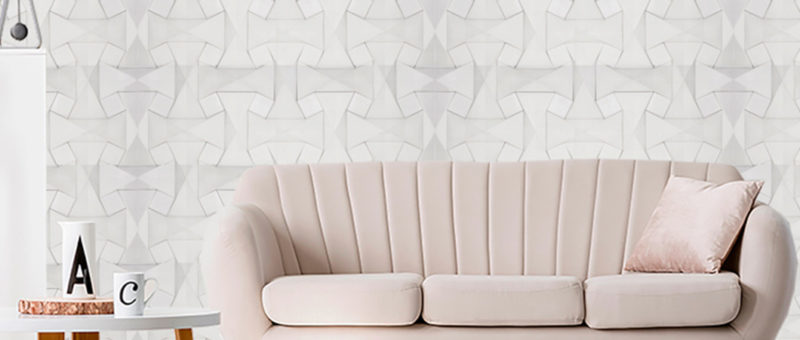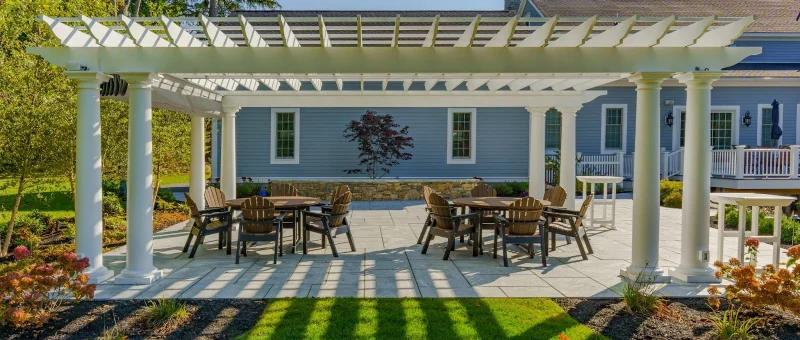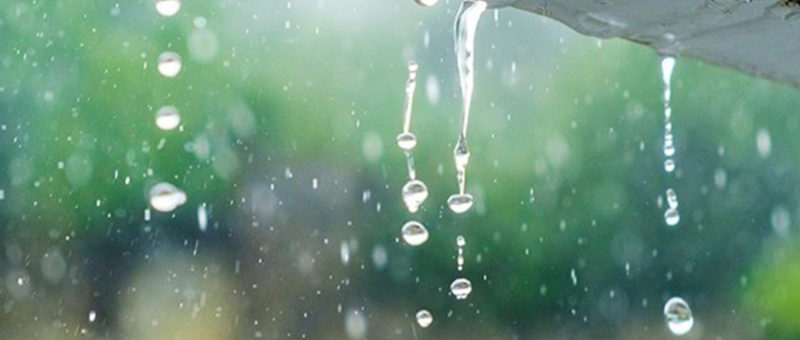
6 Places Your Outdoor Design Needs Stone Fabrication & What’s Possible
Published:
Last Updated:
Author:
When creating a project with hardscaping, most of the work can be created with standard-size products. But if you want something a little more unique or specific to the project, Instone’s in-house fabrication and design teams are at your service.
Going beyond standard will give you the flexibility to create backyard patio ideas uniquely you. Feature non-standard shapes, specialty finishes or cut to size pieces in your outdoor kitchens, fire pits, pool coping, water features, wall caps and staircases.
Our design team can work with you on any project to do custom natural stone cuts and finishes for the specification of Aura® Natural Stone Landscapes products. We can also be your partner in the design of large-scale projects offering project management solutions, estimating, engineering and global sourcing of stone products for a truly turnkey solution.
Our Design Services Manager, Zach Beaulieu, shares the details on all our fabrication and design departments offer.
Introducing Instone’s Fabrication Services
When you want something custom to match your artistic vision in stone for a residential or commercial project, or you’re inspired by something you’ve seen in-person or on-line, let Instone’s fabrication team bring your hardscaping vision to life.
“We do custom orders,” says Beaulieu. “Instone carries standard stock sizes of Aura products, but if a client wants something a little different, we can cut it to different sizes and finishes.” There isn’t a request the team can’t handle regarding sizes, cuts, finishes, edges or shapes. “
There are certain situations where most jobsite tools just won’t be able to perform the work needed to cut and finish stones efficiently and effectively. That’s where Instone’s shop equipment and expertise comes into play. Many of the large-scale machines at the shop are stationary and require special calibration to make them operate properly and the expertise of our fabricators is an important factor in getting those nuances and details just right.
From slab countertops to custom stone finishes, Instone’s equipment and craftsmen provide you with access to the most cutting edge technology and customization to get the job done right.

Some of the options available include:
- Straight cuts
- Radial (curved) cuts
- Edge finishes
- Rockface
- Bullnose
- Half Bullnose
- Chamfer
- Thermal
- Shotblast
- Eased – 1/8, ¼, 3/8
- Slow C
- Leathered
- Top finish for countertops such as a leather finish
- Profiles: custom shapes for countertops such as L-shapes
This customization can be applied to any of the following projects:
- Outdoor kitchens
- Sills
- Firepit caps
- Spa coping
- Stair treads and wall caps
- Monolithic steps


Want more inspiration?
Review our portfolio of custom projects.
Available materials:

Introducing Instone’s Design Services
Instone’s Design Team works on large-scale, high-end residential and commercial projects, including backyard renovations, main street businesses to college campuses. Natural stone can beautify just about any space.
According to Beaulieu, “The design team offers solutions depending on what the project entails.” That usually means working with the landscape architect on the stone aspect of the project. We can help with color recommendations and stone sourcing, fabrication, and estimating the value and engineering. We also create a stone schedule, which assigns each stone piece a code that dictates placement in the project, like a giant puzzle with instructions for assembly.”
Usually with these large-scale projects, there are a number of parties involved, including landscape designers, landscape contractors, project managers, local dealers, wholesale stone distributors and quarries where the stone is sourced. Beaulieu says they primarily deal with the landscape architect, who creates the initial design, but all parties agree on the final outcome.
The timeline of projects of this magnitude can vary from weeks to years, depending on the complexity involved and availability of the materials. Instone’s design team will work efficiently to ensure your stone products meet your needs and source the optimal material for your project and timeframe.

See our webpage for details on the options available for fabrication and design.





































